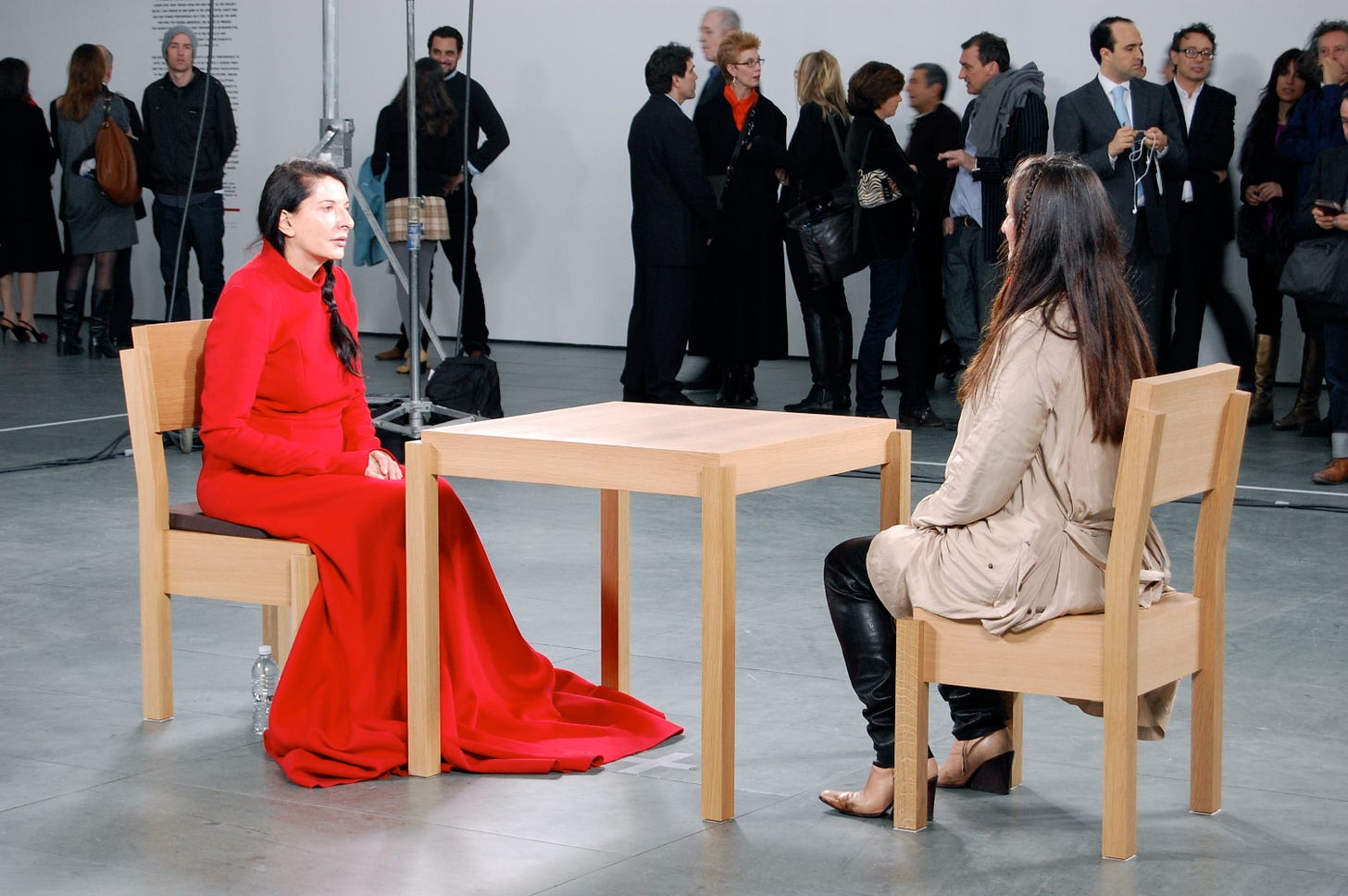Ego as Venue
Harness the ego as a force for conversation.
As any creator knows, the ego is an ever-present passenger. It’s the force that seeks recognition, validation, and praise for your work. It’s the inflation of one’s self-esteem and self-importance when you’ve made something that others enjoy. If left unchecked, it can lead to arrogance, self-centredness and work that is shallow and self-serving. If you create only for your ego, failure becomes deeply personal and presents as a rapture to a fragile sense of self and identity. To any creator, the relationship to the ego is a dance: sometimes a necessary force to pull in, sometimes a force to push back on, and sometimes it’s simply quietly present in the background.
For the past few years that’s what it mostly felt like. I created for myself, not for others. But, being newly single again, my ego and my struggles with it has returned. In the wake of the need to rebuild one’s life after a divorce, the ego-as-protector aims to give you control through shaping the world around you with your work. By making and then by being recognized, the ego creates a safer space for your loss of identity. You make to process, and you make to be seen again.
For example, making music, a current dormant creative force in my life, has resurfaced. I haven’t actively made music in years, but I suddenly feel the need to do so again. I can see visions of making music I can dance to, make art to, and feel to.
But, with this ego resurfacing, it begs the question: why am I doing this? Why am I creating? Is it healthy to put the ego back in the driver’s seat? It’s often said that the best work arises from when creators create for themselves and not for the audience. But, to make things that move people, also feels good. Rely too much on it and it’s unhealthy and results in poor work. Ignore it and you neglect the creative driving force of it.
How then do I harness the ego while not allowing it to control me in my work?
And I think the answer lies in the tension between Rick Rubin and Jacob Collier. Rick Rubin famously said:
“In terms of priority, inspiration comes first. You come next. The audience comes last.”
But, Jacob Collier disagreed. In an interview, he espoused the great joy that comes from playing *to* the audience, making them enjoy what’s on stage. He famously creates choirs from the audience, looping them into the creative act.
In creating thus, when the ego is the driving force, there’s a desire for extraction. It’s saying: I’m creating to be witnessed. To be seen. Please. Please witness me. When a creator creates to *give back* to the audience, it’s then when the ego becomes a channel, a conduit, and a conversation.
So, the middle ground approach is to treat the ego as a venue. It’s to create space for a conversation and for a feeling. It’s not to toss out the ego entirely, but to absorb the audience and redirect it back to them as a gift of understanding. To write that song that makes you cry over heartbreak. To tell that story that makes people feel like they can conquer the world. To make that game that feels like it changed your perception of nature. To paint to allow people to see their relationships in their life in a new light.
When we create, we try to ultimately tell a story, to share something that is not as easily said by simply flapping our lips at each other. And so ask yourself if your work is creating a venue? Does it invite a conversation? Does it channel energy back to the person that is spending their short time in this life to be curious about what you created? If not, you risk only extracting from the people you’ve asked to pay attention.
It’s thus then that we can accept a certain “chalantness” again. Seriousness. Sincerity. Aspiration. To, like Timothee Chalamet, say, “I want to be one of the greats”. It’s not the seeking of admiration. It’s seeking greatness in the creation of a metaphorical venue in which others can also become. It’s to harness the ego as a force for conversation. It’s to get on a metaphorical stage and look to the people who are looking at you and asking: “I felt this. Do you feel it too?”
In a literal sense, it’s seeing one’s work like Marina Abramovic’s performance art: “The Artist is Present”. As the creator, you are present and witnessed and in doing so, you create space for others by looking back at them.
So, when you create and you’re unsure whether you are having a healthy relationship with your ego, ask whether your work invites people in more so than the recognition you might or might not receive.
Treat the ego as a venue for others.
—
Thanks to Hannah, Erin, and Emily from my local writer’s salon for feedback on this essay.


